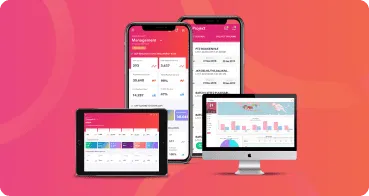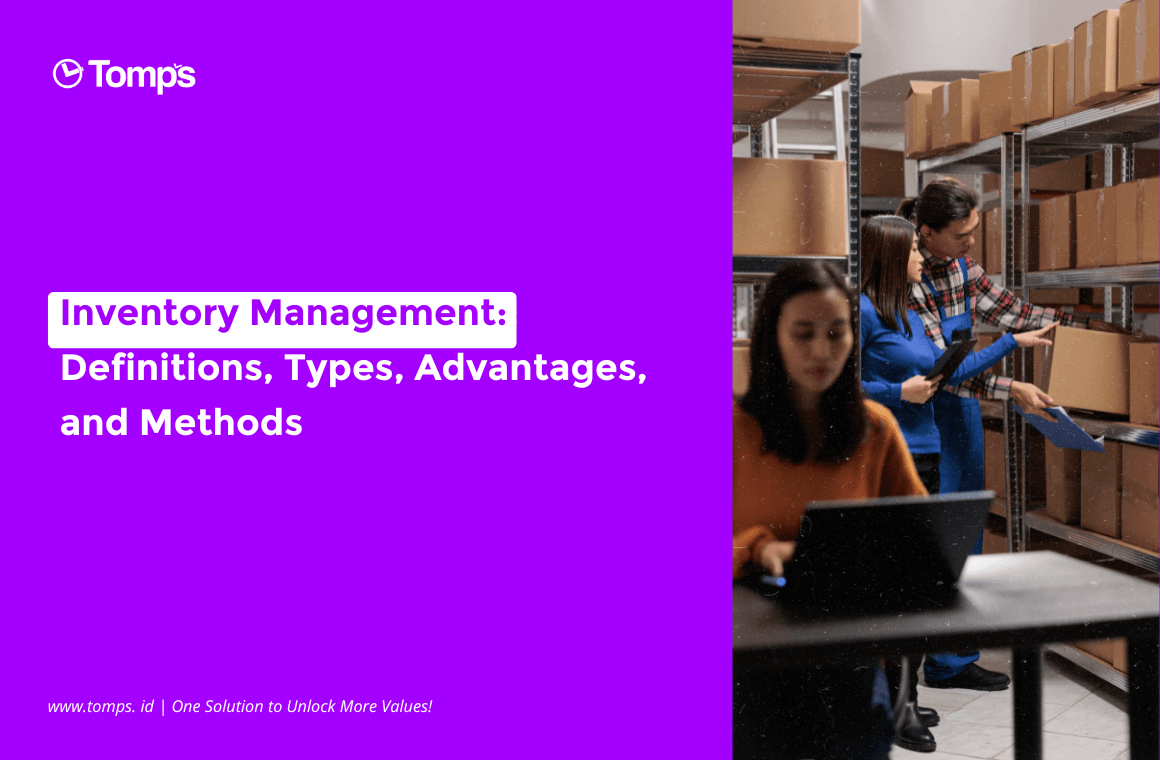Building owners today, whether they own apartments, offices, or shopping centers, require data that provides an operational picture of their property. So, as explained in the previous article, don’t be surprised if there are already many buildings that require Building Management. As a result, you can get an adequate system for this building’s needs by using a Building Management System, or BMS. BMS can organize all types of information in it quickly, efficiently, and easily if that information is needed in the future.
What exactly is a Building Management System (BMS)?
A Building Management System, according to the Department of Climate Change, Energy, the Environment, and Water, is a computer-based system installed in a building to manage and monitor equipment such as air conditioning, heating, ventilation, lighting, power systems, security devices, IoT sensors, energy meters, and gas.
A typical BMS is made up of servers, supervisory devices, field buses, controllers, inputs, and outputs. Building Automation Systems are another name for them (BAS).
BMS connects HVAC (heating, ventilation, and air conditioning) and various building equipment to function as a single integrated unit. They should ideally centralize operations and make data easier to visualize via a user interface or console.
Building Management System Applications and Functions
Compared to separate control systems, a BMS provides centralized control, flexibility, interactivity, and feedback.
Any fit-out of large buildings, small buildings, or factory upgrades should consider new model BMS. BMS that is more than ten years old will most likely benefit from an existing upgrade or model replacement.
Reasons to consider an upgrade include: reliability issues, poor component condition, a lack of web compatibility, challenges with incorporating new equipment and sensors, and the ability to monitor and report.
For at least 12 months, the new building management system must be closely monitored and adjusted. Because of poor positioning, the system may initially perform poorly. Adjusting the control loop ensures that the equipment operates in a stable, predictable, and repeatable manner.
Continuing from the Department of Climate Change, Energy, Environment, and Water, proper use of the Building Management System reduces energy consumption by 30%. However, lowering energy consumption and expenditure is not the only benefit of utilizing a building management system. Building management technologies also improve occupant comfort, reduce carbon footprints, and increase technical efficiency.
- Energy conservation
Buildings that lack a building management system typically consume 10-30% more energy than comparable buildings that have a BMS.
- improved convenience
Building management automation allows for real-time control of room temperature and other air quality indicators.
- Facility administration
By centralizing all information, assets can be better managed and monitored, resulting in less reactive maintenance.
- Environmental consequences
Smart buildings are more environmentally friendly and efficient than traditional structures. This reduces the environmental impact of your company.
Features of a Building Management System
Smart Algorithm for Detecting Potential Issues
Having a unified property data infrastructure allows for proactive monitoring and management of building operations as well as data usage for business decisions. One way for businesses to discover revenue potential is to invest in an integrated BMS to maximize the value of linked systems.
The data provides critical insights and analytics, paving the way for a better tenant experience, diagnosing and preventing issues, making more informed investment decisions, and increasing revenue.
BMS is frequently used to automate development tasks. The majority of modern, cutting-edge BMSs employ an algorithm-based approach to detect abnormalities in behavior patterns and identify evolving problems in a variety of management areas.
Optimization and automatic control
Building management systems that incorporate automation technologies can be used for a variety of purposes in CRE management. The system serves as a software foundation for monitoring many aspects of building management, including energy and operational performance, power systems, HVAC, lighting, and occupancy rates, among others.
Based on data provided by sensors and communicated via linked devices, it recommends automated actions that are executed with little or no user intervention. IoT, AI, and learning algorithms can be used to improve critical data infrastructure and building management software integration support.
Individualized reporting
The real estate industry is awash in paperwork, and proper paperwork is a frequent source of frustration for CRE project managers. Agents must collect records from a variety of third parties, which makes it difficult to keep track of everything.
Integration
As a result of the extensive integration possibilities, property research becomes a quick and consistent procedure. Users can, for example, enable and disable data layers and search for specific data qualities to help with research. Furthermore, Building Management System solutions work well with existing or new external systems to collect more meaningful data.
The preparation of an evaluation necessitates the involvement of agents from various departments within the company, such as marketing, finance, operations, construction, and communications. As a result, it is difficult to quantify the number of tools and software systems used to address multiple domains.
Building Management System Recommendation Tools
Building Management System tools are extremely useful for maintaining the quality and comfort of buildings, as well as for better customer relations and property managers. Because BMS can collect all building information as well as customer and technician interactions in a single integrated platform.
BMS Tools will provide detailed analysis reports on building safety, comfort, and complaints to businesses. An interactive dashboard displays the report. This allows you to keep track of all activities in real-time.
Tomps Building
If you require tools for a Building Management System with a professional appearance and a variety of strategic and important features for managing a medium to large-scale building, Tomps Building may be one of the best options. Why?
This application includes a variety of features for managing buildings from start to finish. Others include:
- Data Administration
- Payment without cash
- SmartSecurity\sAccess Information that is up to date
- Simple Complaint Handling
- New Revenue Sources
- Customer Service Maintenance Information
Tomps Building promotes convenience and efficiency in the management of tenants, buildings, and technicians by providing online monitoring that is accessible from anywhere and at any time. Invite building operators, tenants, and tenants to collaborate on data collection that is managed with detailed data based on your requirements. After that, you can easily update, control, and monitor the Tomps Building.
UpKeep
UpKeep is a building management app that can save you time and money. From maintenance to security, this application can manage all aspects of your building’s operations.
LimbleCMMS
The Building Management System (BMS) is extremely useful for monitoring the existing systems throughout the building. Everything from lighting to room temperature can be controlled by this system.
LimbleCMMS is one of today’s most popular BMS tools. This tool is feature-rich and simple to use. You can easily monitor all systems in your building in real time with LimbleCMMS and receive notifications when there is an interruption or damage to the system.







